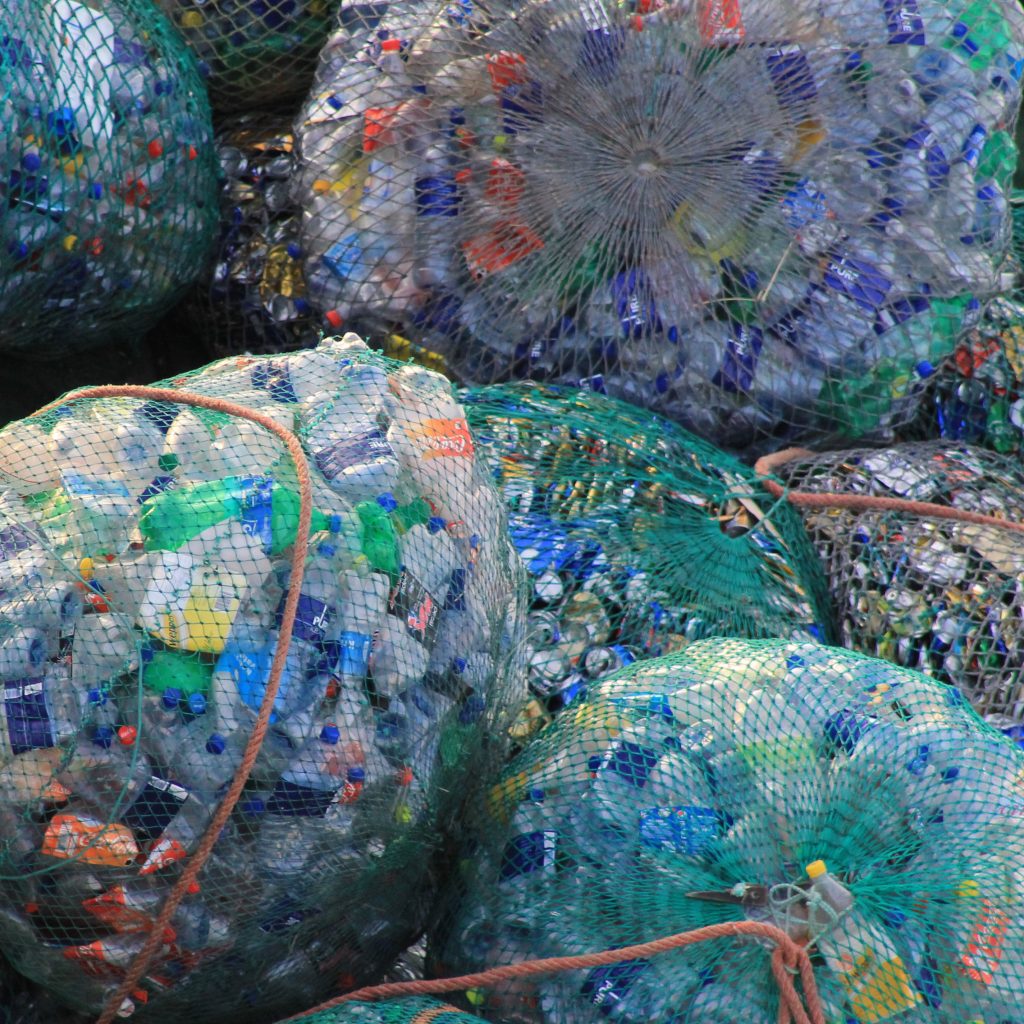Too much plastic // Rampant production~ 4 min

Although its production began before 1950, plastic only started gaining ground in industry afterwards. The material caught on so much that about 8 300 million metric tonnes (8 300 000 000 000 kg) were produced since that date up until 2015. Over the years, it has risen in importance. For instance, as a safer food packaging material and by allowing some innovations in medicine and making possible technologies such as cell phones or computers.
From a Chemistry point of view, they are a very diverse group of materials, but still share a significant set of characteristics. Explained in a very brief and simplistic manner, they are polymers. Meaning, the repetition of smaller groups of molecules. They are also quite stable. They are produced from fossil fuels such as oil or natural gas. Which one depends on the type of polymers of which they are to be made..They may have different properties, such as having greater or lesser heat resistance, flexibility, opacity etc.
By 2015, about 36% of plastics produced were meant for product packaging. The remaining were for the construction sector (16%), textiles (14%), institutional and consumer goods (10%), transport (7%), electronics/electrical products (4%), industrial machinery (less than 1%) and others (12%).
The time between production and the end of its use depends on the application for which they are intended. Most of the production is destined for short-term use. Of the 448 million metric tonnes produced in 2015, about 72% will be discarded after usage within a period of 5 years or less. Of these, about half had a use time of less than six months. These plastics are called single-use plastics.
Once its usefulness has ended, there are three destinations for these polymers: recycling, thermal destruction or disposal without valorization.
The first one does not prevent and merely delays plastics from eventually going to one of the other two destinations. For the plastics that are recyclable, this process only can occur a limited number of times, since the recycled version has less technical and economic value, due to being a blend between various types of polymers.
Thermal destruction can occur in a number of ways, but the most common is incineration. That is, its burning. This can happen with or without energy recovery. If applied, it can produce electricity and/or heat. The environmental and public health impacts of this process depend on technical factors such as emission control mechanisms and the way the operation is designed. Although its harmful effects are virtually surmountable, in practice the process releases toxic substances into the environment, such as dioxins, furans and styrene.
The other hypothesis is its disposal without valorization, either directly into the environment or into open dumps and landfills.
From 1950 to 2015, about 6 300 million metric tons of plastic waste (including recycled plastic) were produced. Of these, 12% were incinerated and only 9% were recycled, of which only 10% more than once. During the same period, approximately 4 900 million metric tons of plastic (60% of all plastic ever produced), ended up in dumps, landfills or in the environment.
The list of harmful effects caused by these polymers is well known. The release of plastics into the environment can have serious consequences for ecosystems and public health. As an example, in 2013 we shared that microplastics, which are extremely small pieces of plastic that derive from its degradation. Besides acting as a pollutant themselves, they also absorb toxic substances that come to us through the food chain. In 2015 we shared that about 8 million tons of plastic were dumped annually into the ocean. Even its processing in landfills often leads to the contamination of groundwater.
However, the pollution caused by plastics begins when they are produced. The raw materials used, ranging from fossil fuels such as ethylene, ethane and propylene, means that plastics production plays a decisive role in the contamination of water, soil and air in nearby local communities in which such industrial activity takes place.
The fact that they are made from relatively abundant raw materials, coupled with their versatility, have been two important factors for the presence of plastics in our daily lives. An unresolved problem at the global level. A known problem which does not seem to have a political solution in sight, thanks to the measuring of forces between regulators and the regulated, or their outright collaboration.
The second part of this article is available at: “Too much plastic // Corporate unaccountability“.




